What are you looking for?
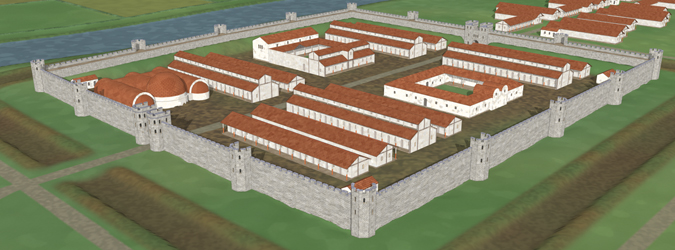
50s AD
The first of 4 Roman forts is established in Cardiff to help subdue the local Silures tribe. Built strategically alongside the Taff, it both controlled a low level river crossing and provided easy access to the sea. In around 270 AD the final fort and the basis of the Castle’s layout today is built in stone.
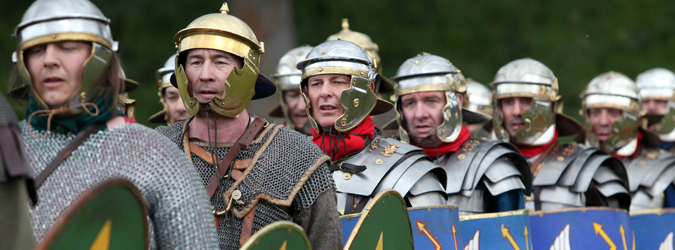
400s AD
Rome withdraws its armies from the area to deal with more pressing matters closer to home. It seems that the fort at Cardiff was largely abandoned at this point. However, the settlement outside its walls survived and and likely took its name from Caer-Taff, meaning fort on the Taff.
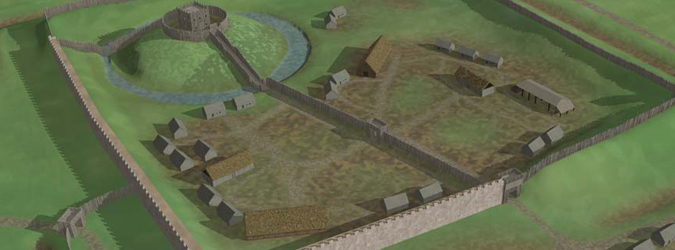
1093
Robert Fitzhamon becomes Lord of Glamorgan and builds his motte and bailey castle within the old Roman fort.
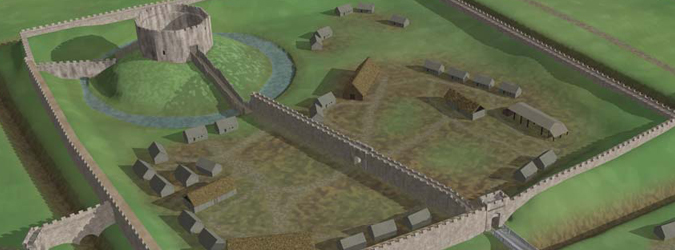
1122
Robert FitzRoy, also known as the Consul and an illegitimate son of King Henry I, becomes Lord of Glamorgan following his marriage to Mabel FitzHamon. Robert rebuilt the Castle’s keep in stone with its characteristic 12 sides and is the knight featured on the Banqueting Hall’s chimneypiece.
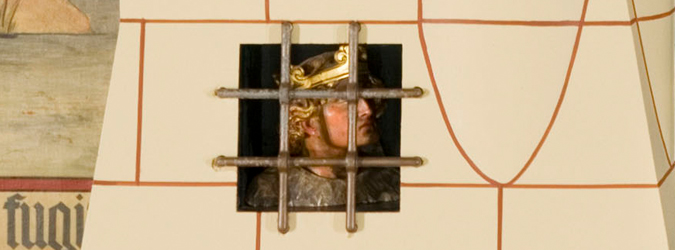
1126
Robert Curthose, Duke of Normandy and eldest son of William the Conqueror, is moved to imprisonment at Cardiff Castle. Despite spending nearly 30 years in confinement, he lived in to his 80s before dying here in 1134. If you look closely, he is also featured on the chimneypiece in the Banqueting Hall.
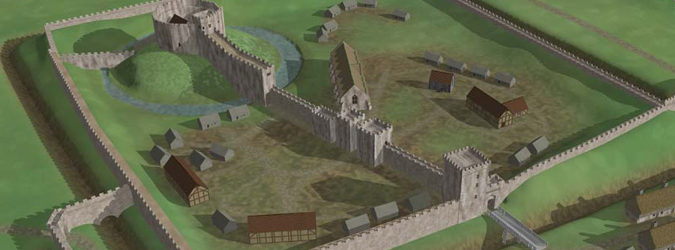
1316 – 1318
During a Welsh revolt led by Llewllyn Bren, Cardiff is attacked and damaged. Following his capture, Llewellyn is eventually brought to Cardiff Castle by Hugh Despenser the Younger. Without the King’s permission or a proper trial, he is unlawfully hanged, drawn and quartered.
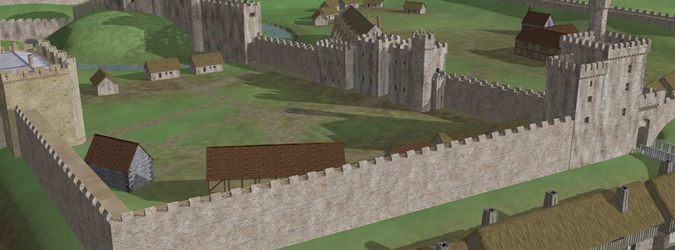
1404
The famous revolt led by Welsh hero, Owain Glyndŵr, broke out in 1400 and 4 years later his forces attacked Cardiff. Much of the town was burnt and extensive damaged caused to the Castle’s main gate and the Black Tower.
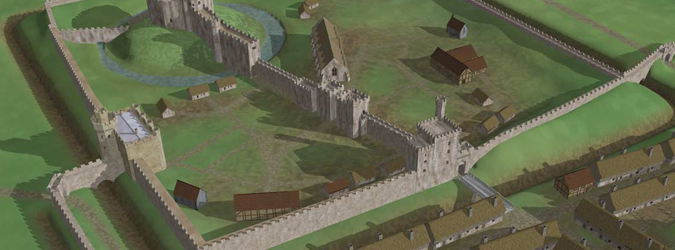
1422
Richard de Beauchamp, Earl of Warwick, repairs damage to the southern gateway caused by the Glyndŵr rebellion and adds a second tower alongside the Black Tower. He also builds the core of Cardiff Castle’s house range and the distinctive octagonal tower that now bears his name.
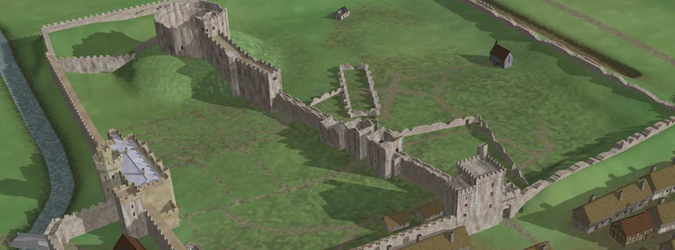
1642
Civil war erupts between the Royalist supporters of King Charles I and Parliament, Cardiff changes hands several times during the conflict. Although the Castle was fortunately spared the post war slighting that many others were subjected to, the Keep is so badly damaged that it is abandoned as a residence thereafter.
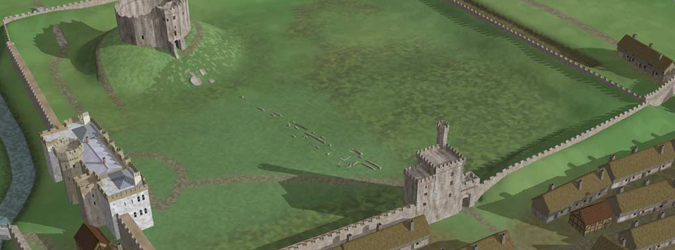
1776
The Castle passes by marriage to Lord Mountstuart, who will later become the 1st Marquess of Bute. He engages the renowned architect and landscape gardener, Capability Brown, who clears the Castle grounds, demolishing much of the Castle’s inner defences and medieval buildings.
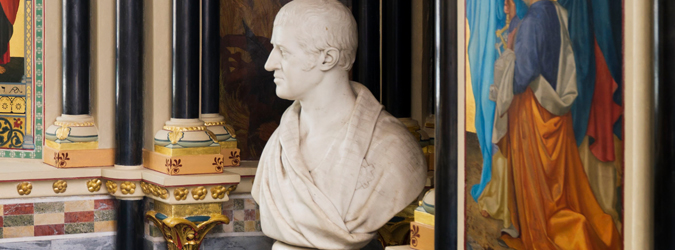
1848
The 2nd Marquess of Bute, founder of the city’s docks, is found dead in his dressing room following a dinner at the Castle. His son, only six months old at the time, inherits the title and is dubbed “the richest baby in Britain”. The room where he died was later converted in to a chapel in his memory.
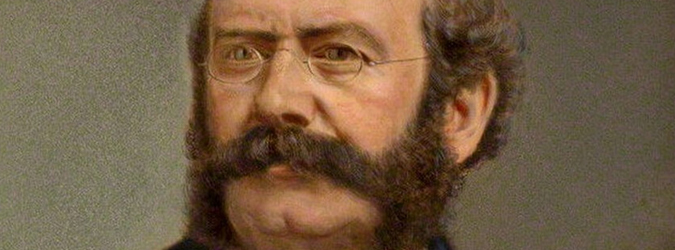
1865
The 3rd Marquess of Bute meets the architect, William Burges, and commissions him to present a report on Cardiff Castle; this is the beginning of a 16 year relationship that will transform the Castle in to a Neo Gothic dream palace.
1874
Work, having begun in 1869, is completed on the Castle’s famous Clock Tower. Built on the site of a Roman bastion, the tower contained a suite of bachelor rooms intended for the young Marquess, although he was happily married before they were completed.
1881
While out inspecting progress at nearby Castell Coch, William Burges sadly caught a chill and died a month later at the age of only 54. However, work was to continue under members of Burges’ team and ultimately his former assistant, William Frame.
1892
Cardiff’s much loved Animal Wall is installed in its original location, directly in front of the south wall. Originally the animals were painted but the colours eventually wore off and the paint was never replaced. Additional animals were added when the wall was moved to its present location in the 1920s.
1900
The 3rd Marquess of Bute died of kidney disease at the age of only 53. Huge death duties on the estate brought an end to many planned projects but some works were continued under the 4th Marquess.


